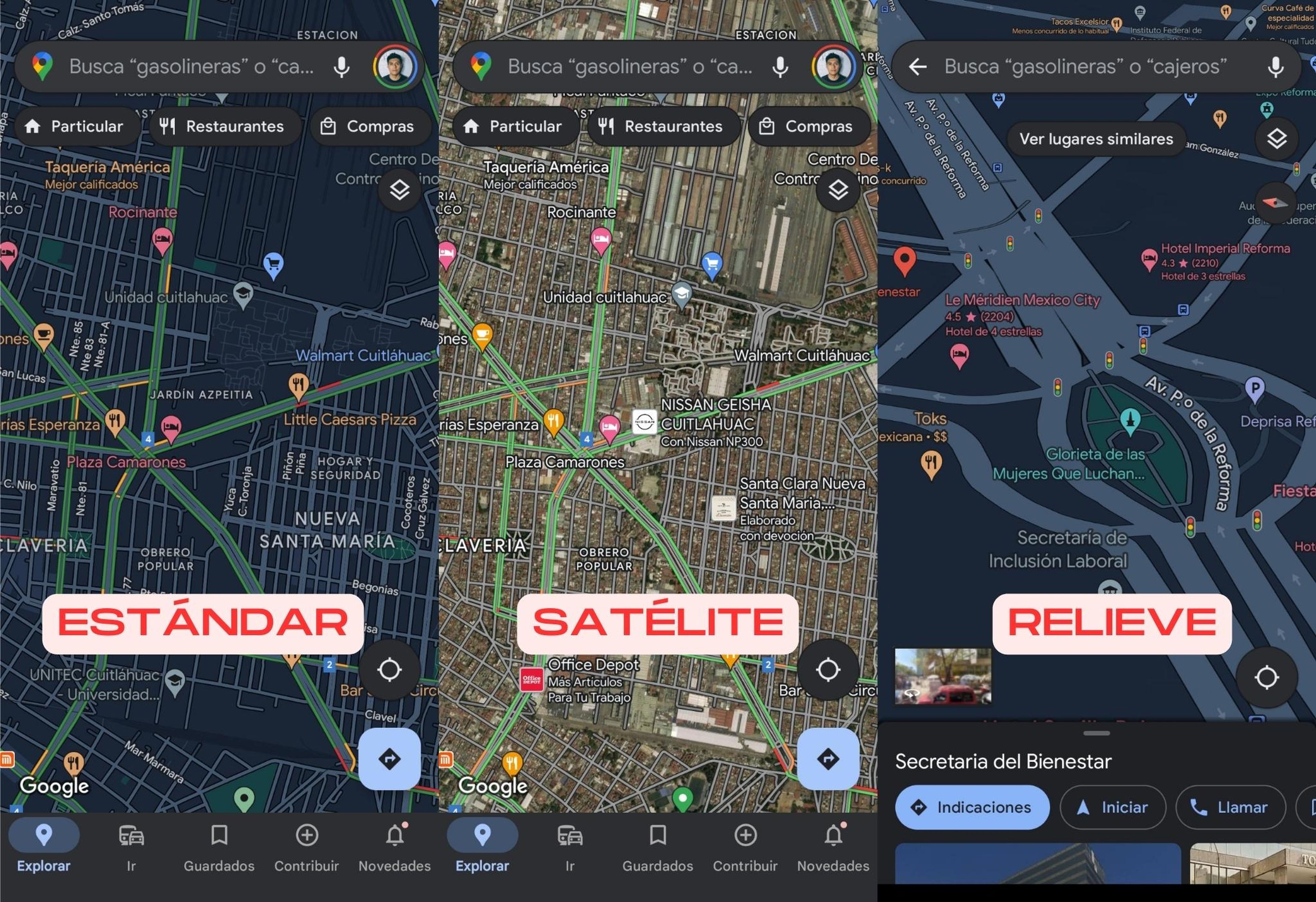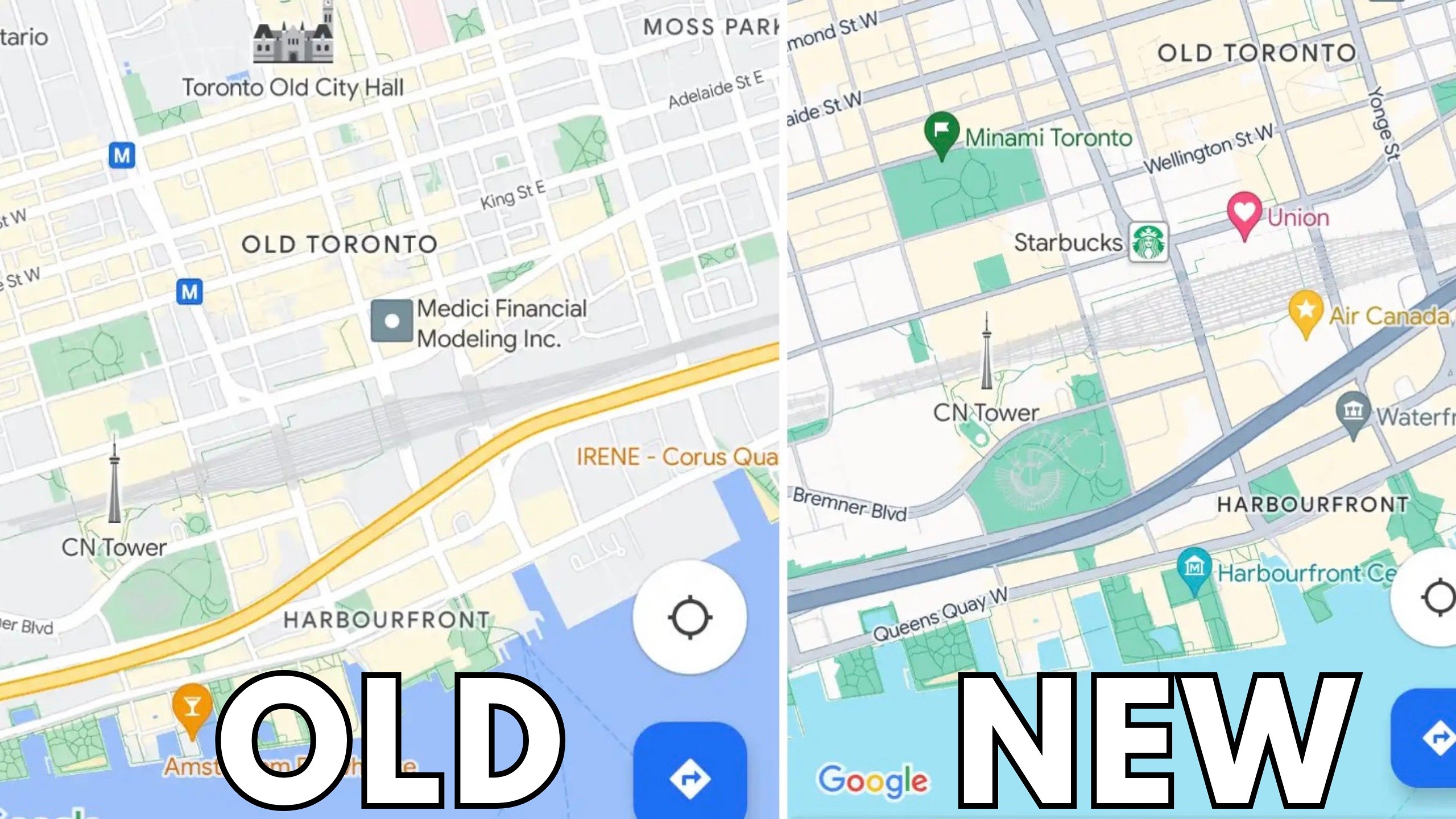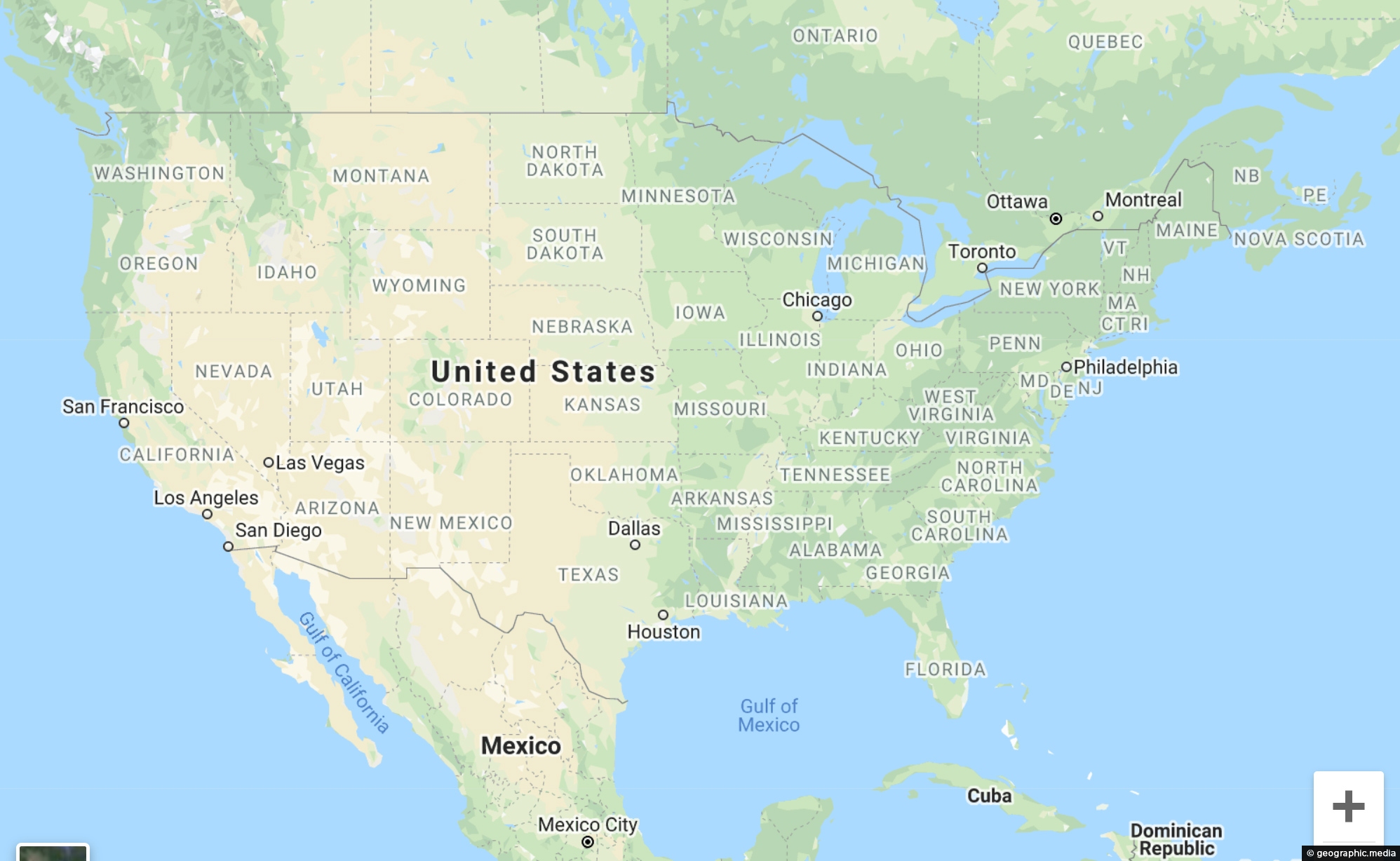
Beyond the Map: A Traveler’s Immersion in Indigenous Alaska’s Arctic Wild – Reviewing the Brooks Range and ANWR
Forget the well-trodden paths. Forget the curated experiences. To truly understand Alaska, to truly touch the pulse of its ancient heart, you must venture beyond the modern cartography and into territories where the land itself is a living map, etched with millennia of human history and ecological wisdom. This is a review not of a single destination, but of an immersive journey into the Brooks Range and the Arctic National Wildlife Refuge (ANWR) – the ancestral homelands of the Gwich’in and Iñupiat peoples. It is a profound, challenging, and utterly transformative experience that redefines wilderness travel.
The Land as a Living Map: Gwich’in and Iñupiat Homelands
The moment your bush plane lifts off from Fairbanks, leaving behind the last vestiges of civilization, you begin to grasp the sheer scale of Indigenous Alaska. Below, an endless tapestry of boreal forest gives way to the treeless expanse of the tundra, punctuated by the jagged spine of the Brooks Range – North America’s northernmost mountain range. This vast landscape is not merely "wilderness"; it is a mosaic of Indigenous territories, each river, mountain, and valley imbued with a name, a story, and a purpose by the peoples who have thrived here for thousands of years.

The eastern portion of the Brooks Range and the coastal plain of ANWR, stretching to the Arctic Ocean, are primarily the traditional lands of the Gwich’in Nation. For them, the coastal plain – known in Gwich’in as "Iizhik Gwats’an Gwandaii Goodlit" (The Sacred Place Where Life Begins) – is the calving grounds of the Porcupine Caribou Herd, the foundation of their culture and subsistence. Further west and along the Arctic coast, you enter Iñupiat homelands, where communities like Kaktovik maintain a profound connection to the ocean and its resources, from bowhead whales to seals, and to the caribou that sustain them.
Modern maps, with their arbitrary lines and English place names, often flatten this rich cultural topography. To travel here is to begin to unlearn that simplification. It’s to see the land through a different lens, recognizing that every feature holds meaning, every vista tells a story of survival, adaptation, and profound reverence for the natural world. You are not just traversing a park; you are walking on a living map, steeped in the heritage of the continent’s first peoples.
The Journey: Logistics of Uncharted Territory
Venturing into the Brooks Range and ANWR is not for the faint of heart or the unprepared. This is expedition-style travel, often requiring significant planning and resources. The primary gateway is Fairbanks, from where you charter small aircraft – often single-engine bush planes – to reach remote drop-off points or small Indigenous communities like Arctic Village (Gwich’in) or Kaktovik (Iñupiat). These flights are an adventure in themselves, offering breathtaking aerial views of a landscape few ever witness.

Permits are generally not required for personal travel within ANWR, as it is a designated wilderness area. However, the guiding principle is "Leave No Trace" to the absolute extreme. Every scrap of waste, including human waste, must be packed out. Respect for the land is paramount, as is respect for the Indigenous communities whose lands you are visiting.
Given the extreme remoteness, unpredictable weather, lack of established trails, and potential for dangerous wildlife encounters (grizzly bears, wolves), hiring an experienced, licensed guide is not merely recommended – it is almost essential, especially for first-time visitors. Seek out guides with a deep understanding of the region’s ecology and, ideally, those with established relationships with local Indigenous communities or even Indigenous guides themselves. Their knowledge of the terrain, wildlife, and cultural nuances is invaluable for both safety and for enriching your experience. This is not a place to test your limits of self-reliance without extensive prior wilderness experience.
The best time to visit for backpacking and river rafting is generally late June through August, when the midnight sun offers endless daylight and temperatures are relatively mild (though still highly variable). Expect mosquitoes – lots of them – so come prepared with head nets and strong repellent.
The Experience: Sensory Overload in the Best Way

Once on the ground, the experience is an assault on the senses, in the most profound and exhilarating way.
Sight: The landscape unfolds in an endless panorama. Rolling tundra, vibrant with wildflowers in summer, stretches to distant, snow-capped peaks. Braided rivers – the Kongakut, Canning, Ivishak – carve their paths through the ancient land. In the distance, you might spot the immense Porcupine Caribou Herd, numbering in the hundreds of thousands, a flowing river of life across the plains, an epic spectacle that underscores the deep connection between the land, its wildlife, and the Gwich’in people. Muskoxen, with their shaggy coats, graze placidly. Dall sheep cling to steep mountain slopes. The possibility of encountering a grizzly bear, a wolf, or an arctic fox keeps you perpetually alert, yet humbly aware of your place in their domain. If you’re lucky enough to visit Kaktovik, the sight of polar bears on the barrier islands, especially in autumn, is an unforgettable, albeit humbling, privilege.
Sound: The dominant sound here is silence. A silence so vast and encompassing that it re-calibrates your entire being. Occasionally, it’s broken by the cry of a loon, the rush of a river, the distant howl of a wolf, or the buzzing of insects. There are no human-made sounds – no cars, no planes (save for your arrival/departure), no cell service, no chatter. It’s an auditory detox that allows you to hear the subtle symphony of the Arctic.
Touch: The feel of spongy tundra underfoot, the biting cold of an unexpected summer storm, the warmth of the sun on your face, the icy plunge into a glacial river. Every physical sensation is heightened, reminding you that you are utterly immersed in nature’s raw power.
Activities: Backpacking through trackless wilderness, navigating by map and compass (and often GPS), offers unparalleled freedom. River rafting trips allow you to trace ancient pathways, experiencing the land from a different perspective, often through deep canyons or past wildlife congregating along the banks. Photography opportunities are endless, capturing light that shifts dramatically under the midnight sun or the vibrant hues of autumn tundra. Birdwatching enthusiasts will revel in the unique Arctic species that breed here.
Challenges: This is not a luxury trip. Be prepared for challenging conditions: unpredictable weather (snow can fall even in August), river crossings, swarms of mosquitoes, and the mental fortitude required for extended periods of isolation. Every decision, from where to pitch your tent to how much water to carry, takes on heightened importance. It is a test of resilience, but one that offers immense rewards.

Cultural Immersion and Respect: Beyond the Tourist Gaze
A journey into Indigenous Alaska territories demands more than just physical preparation; it requires cultural humility and a commitment to responsible tourism. You are a guest on someone else’s ancestral land.
- Learn Before You Go: Research the Gwich’in and Iñupiat peoples, their history, their languages, their subsistence practices, and their contemporary issues, particularly their efforts to protect ANWR from industrial development. Understanding the significance of the Porcupine Caribou Herd to the Gwich’in, for example, transforms a wildlife sighting into a moment of profound cultural connection.
- Engage Respectfully: If your trip includes a visit to a village like Kaktovik or Arctic Village, do so with the utmost respect. These are not tourist attractions but vibrant, living communities. Always ask permission before photographing people or cultural activities. Be mindful of local customs and traditions. Consider supporting Indigenous-owned businesses, such as guiding services or craftspeople, to ensure your travel benefits the local economy directly.
- Acknowledge Stewardship: The unparalleled wildness of ANWR and the Brooks Range is not accidental; it is a testament to the thousands of years of stewardship by Indigenous peoples. Their traditional knowledge systems are deeply intertwined with the health of the ecosystem. Understanding this reframes the concept of "wilderness" from an empty space to a landscape that has been actively managed and cared for.
- The Maps of the Mind: Modern maps show borders and geographical features. Indigenous maps, often passed down through oral tradition, show relationships – between people and land, between species, between seasons. To travel here is to begin to glimpse these deeper, living maps.
The Transformation: Why This Trip Matters
This is not a vacation; it is a pilgrimage. A journey into Indigenous Alaska’s Arctic Wild is transformative on multiple levels. It strips away the superficial, challenging your assumptions about comfort, control, and humanity’s place in the natural world.
You will leave with a profound sense of humility, dwarfed by the immensity of the landscape and the resilience of the life that thrives within it. You will gain an unparalleled appreciation for the raw power of nature and the delicate balance of an ecosystem. Most importantly, you will carry with you a deeper understanding of Indigenous sovereignty, their ongoing struggles for self-determination, and their unwavering commitment to protecting these sacred lands.
This experience changes you. It instills a sense of responsibility, a commitment to conservation, and a new lens through which to view the world. It is a powerful reminder that some of the most profound journeys are those that take us beyond the familiar boundaries of our maps, into the heart of living territories, guided by ancient wisdom and the wild pulse of the Earth. For the adventurous, the respectful, and the culturally sensitive traveler, a journey into Indigenous Alaska’s Arctic Wild is an unparalleled, life-altering expedition – the ultimate review of a world untamed.


